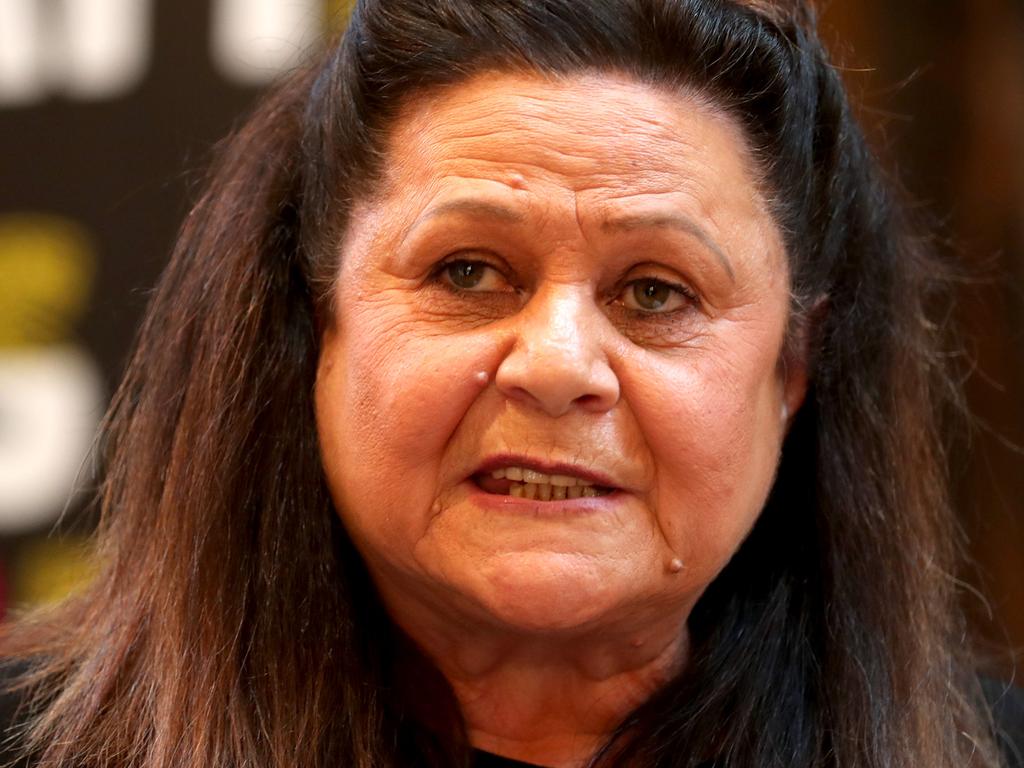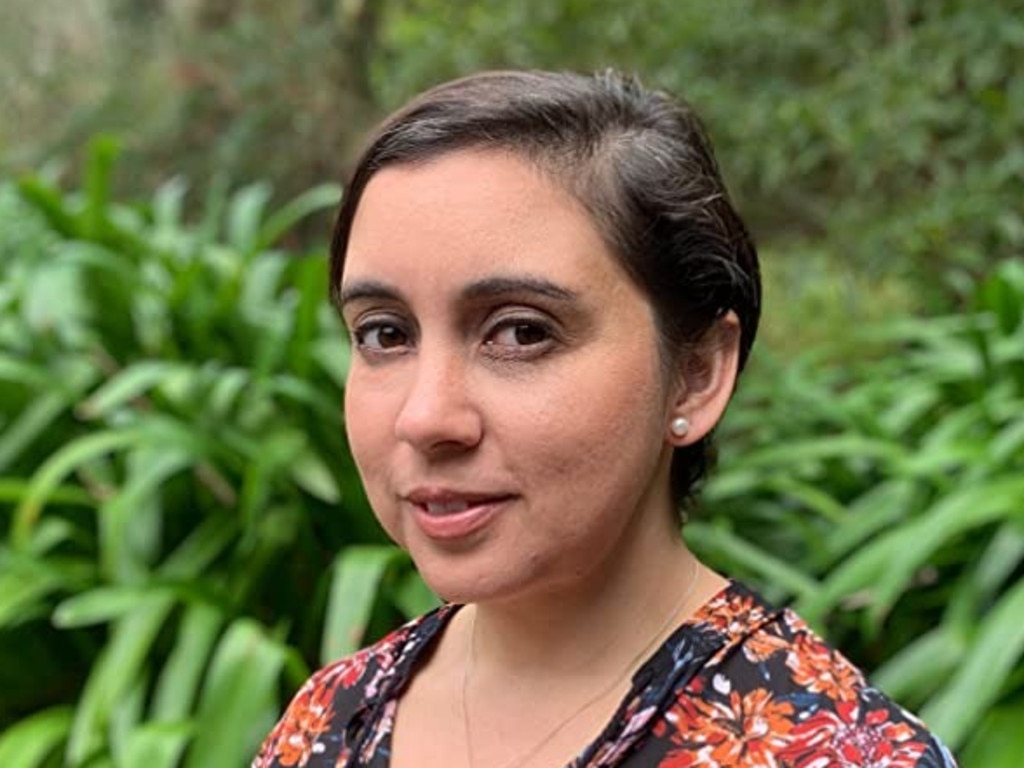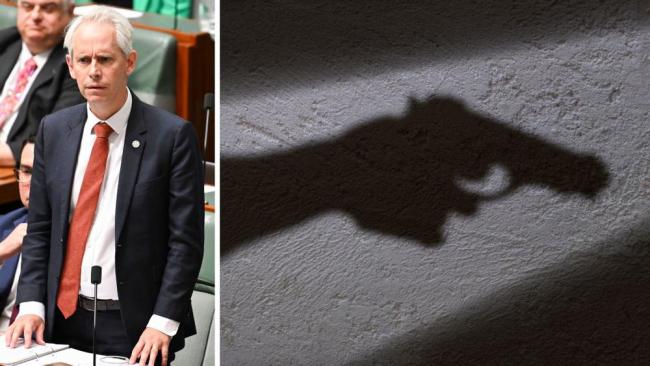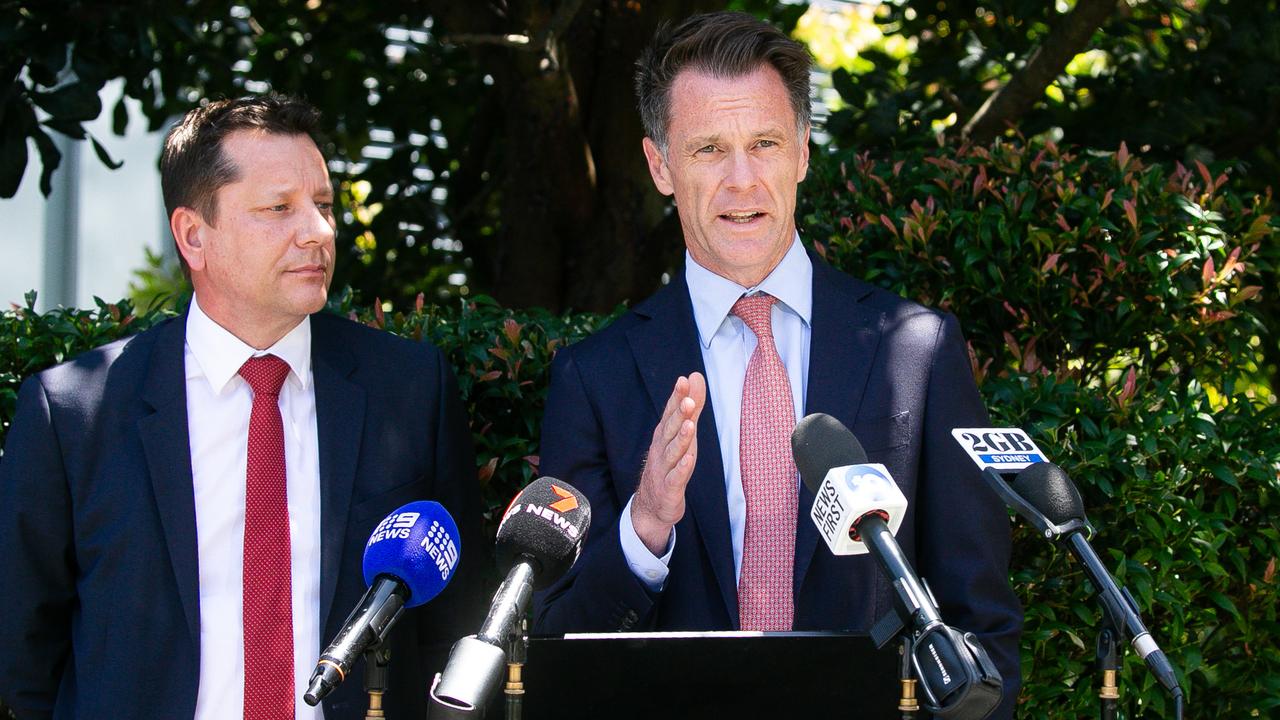New power deal to close indigenous gap
Indigenous organisations will be handed unprecedented power and funding under a proposed new Closing the Gap agreement.
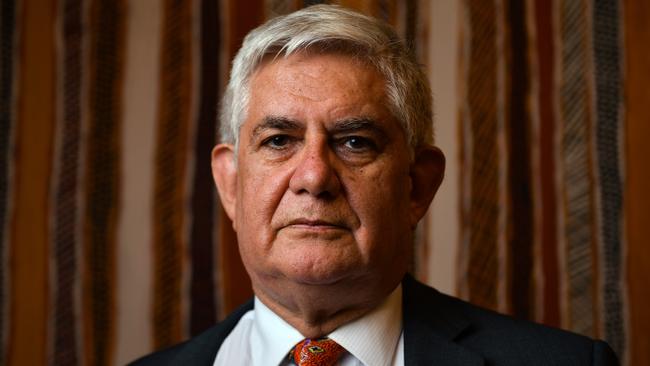
Indigenous organisations will be handed unprecedented power, responsibility and funding to improve health and education outcomes for Aboriginal and Torres Strait Islander people under a proposed new Closing the Gap agreement to be discussed at national cabinet.
The plan includes new targets to reduce the number of indigenous people in custody and an ambitious goal that 70 per cent of indigenous youth will have tertiary qualifications by 2031, according to a leaked draft of the agreement.
“The objective of this agreement is to overcome entrenched inequality faced by too many Aboriginal and Torres Strait Islander people so that their life outcomes are equal to all Australians,” says the draft, obtained by The Australian.
The plan could empower organisations such as Noel Pearson’s Cape York Partnership and other community-controlled indigenous groups to take a greater role in decision-making and delivering services to their communities.
The draft agreement includes larger reductions in the incarceration rate of Aboriginal and Torres Strait Islander people, as revealed by The Australian in June. The new target is a reduction of at least 15 per cent for indigenous adults by 2031. Since 2018, that target has been set at a 5 per cent reduction by 2028.
Indigenous incarceration rates have remained high despite attempts by the state and territories to reduce the number of indigenous people in prison.
In Western Australia, more than 4 per cent of the indigenous adult population is in jail, according to Australian Bureau of Statistics figures this year.
Nationally, 0.2 per cent of all Australian adults — indigenous and non-indigenous — were in jail at that time.
Despite the strengthened target, the draft national agreement notes “parity will be achieved” only by 2093.
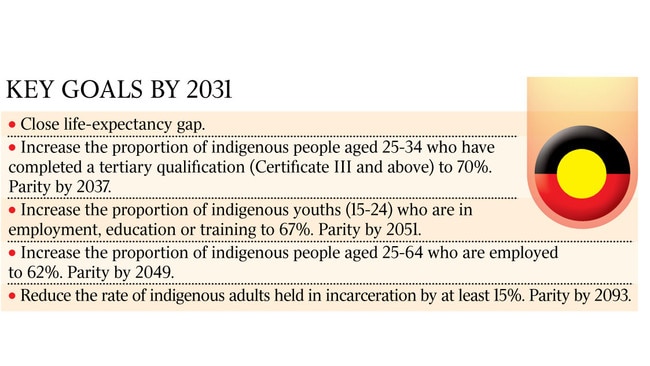
The documents also show even more ambitious targets for children, with governments around the country and Aboriginal and Torres Strait Islander organisations asked to commit to reducing the rate of young indigenous people in detention by 30 per cent by 2031. The previous target was up to 19 per cent by 2028.
The document is the culmination of two years of work to rewrite the Closing the Gap targets introduced by the Rudd government in 2008. Closing the Gap aimed to reduce disadvantage among indigenous people and measure the improvement.
After 11 annual reports, just two of the seven Closing the Gap targets set in 2008 — early childhood education and Year 12 attainment — were achieved. Ambitions failed on school attendance, child mortality, employment, life expectancy and literacy and numeracy targets.
The process to a new agreement has been guided by Indigenous Australians Minister Ken Wyatt and Pat Turner, lead convener of a coalition of about 50 peak indigenous organisations.
“This agreement also stems from the belief that when Aboriginal and Torres Strait Islander people have a genuine say in the design and delivery of services that affect them, better life outcomes are achieved,” the documents say. “It recognises that structural change in the way governments work with Aboriginal and Torres Strait Islander people is needed to close the gap.”
A spokesman for Mr Wyatt declined to comment.
There are four priority reform areas under the proposal, including that parties “commit to building and strengthening structures that empower Aboriginal and Torres Strait Islander people to share decision-making authority with governments to accelerate policy and place-based progress against Closing the Gap”.
Those partnership agreements will be required to be specific in their purpose and objectives.
Other key priorities include strengthening community-controlled organisations so they can enter agreements with governments and sharing more information and data with indigenous people including at a regional level. This will help indigenous organisations make better decisions.
The national agreement document does not change some of the targets published in 2018 at the beginning of a refresh of the Closing the Gap. But there has been a rethink of tertiary education goals — the document sets a goal that 70 per cent of all Aboriginal and Torres Strait Islander youth will have some form of tertiary qualification (Certificater III or higher) by 2028.
Two years ago, when earlier targets were published, the aim was that 47 per cent would have such a qualification by 2028.
The new target for childhood development has also been revised, according to the document. By 2031, the agreement states there will be an increase the proportion of indigenous children assessed as developmentally on track in all five domains of early childhood development to 55 per cent. A draft two years ago set a target of 45 per cent by 2028.
The national agreement document states that by 2031, governments and indigenous people commit to increasing the proportion of Aboriginal and Torres Strait Islander people who live in appropriate housing to 88 per cent. An earlier draft set a target of 82 per cent.
The document also sets a goal for indigenous-owned land, which was not a feature of the old Closing the Gap measures or draft targets written in 2018. It states that by 2030, there should be a 15 per cent increase in Australia’s landmass without sea area subject to Aboriginal and Torres Strait Islander people’s legal rights or interests.


